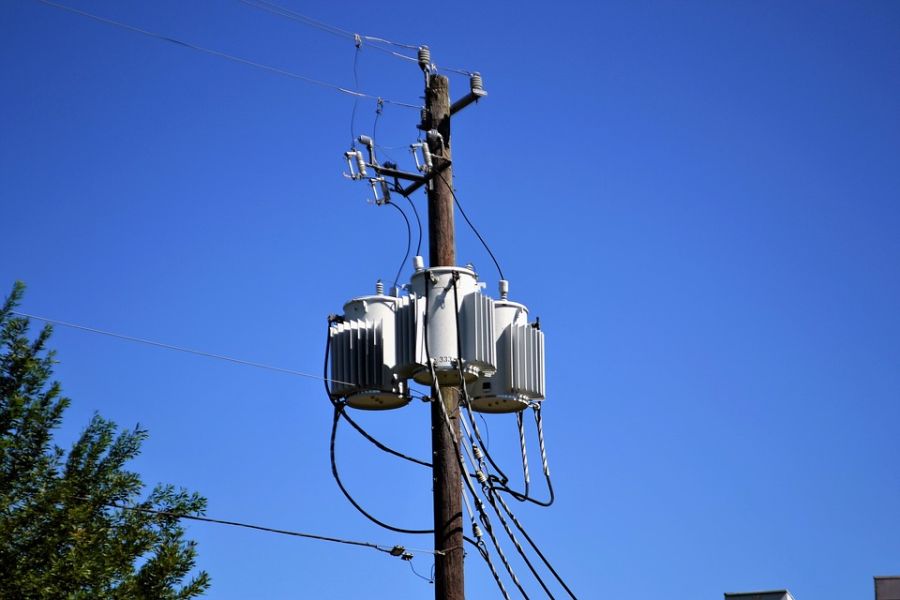Sometimes everything just goes dark. Usually, power outages are caused by local trip systems or bad wiring. Occasionally, however, whole swathes of a population are deprived of light and power. Here are three of the biggest blackouts ever to occur.
What to Do If You Experience a Localized Blackout
If you experience a blackout not connected to a major power outage, there is a good chance that you’ll need your house rewiring. Poorly wired houses are susceptible to blackouts after floods, earthquakes or torrential rain.
The 2021 Texas Freeze
Texas isn’t known for its snowy weather. The lone star state usually enjoys a very warm climate. When snow did hit Texas, the power grid was nowhere near prepared. Texas – the biggest power producer in the United States – suffered a ‘total failure’ of its electricity grid. Millions of people were left without power in freezing cold temperatures. Authorities blamed ill-prepared equipment at power plants for shutdowns. Texas does not run on the national grid that connects America. Instead, they run an isolated and independent system that was not prepared for temperatures below 1 degree Celsius.
The 2014 Bangladeshi Blackout
On the first of November 2014, 100 million Bangladeshi people experienced a simultaneous blackout. The cause? Bangladesh imports all of its electricity from neighboring India. A transmission line between India and Bangladesh failed spectacularly and every Bangladeshi connected to the national grid was plunged into darkness.
The 2012 Indian Blackouts
The 2012 Indian blackouts were the most devastating power outages ever seen (or not seen, as the case may be). 670 million people were left without power in Northern and Eastern India on the 30th and 31st of July. To put that into context, the population of Australia is 25.36 million. One tenth of the world’s population was affected.
This dreadful power outage was caused by high capacity lines being forced to carry more electrical charge than they could handle. India was in a transitional period – changing from regional grid systems to a national grid system connecting the coal rich generation areas to the parts of the nation that had less power production capability. Monsoon season had also led to an increased demand for electricity as agricultural plants struggled to deal with the fallout from the storms.
Local government corruption was also to blame. Local governments were responsible for the maintenance of trip systems and relays that would have protected the electricity grid from prolonged outage. Unfortunately, local authorities had turned a blind eye towards maintenance in order to save cash and simplify the procedure for drawing power. It ended up costing local authorities a great deal more money than they had saved, and being incredibly complicated to fix. If you ever need any motivation for avoiding shortcuts at work, think of the panic those local authorities must have felt when relay after relay failed to trip and a sizable portion of the entire world’s population was left without power just after a testing monsoon season. Some day at the office.

